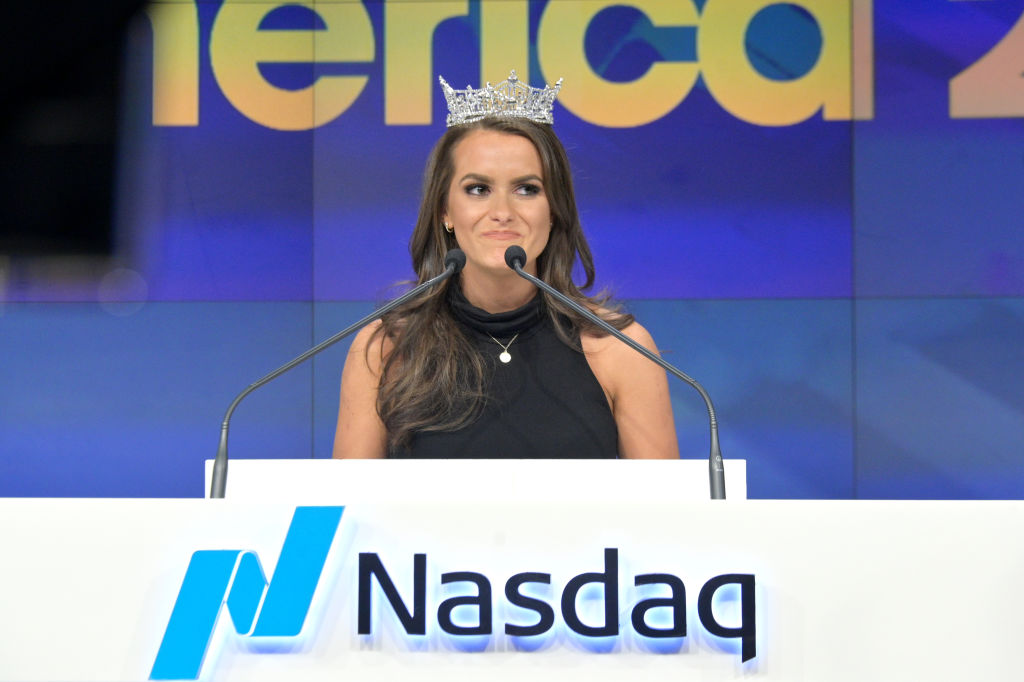If 2020 was the year of the obligatory corporate diversity statement, it looks like 2021 is set to be the year when woke capitalism comes to collect. If your company’s commitment to diversity and inclusion isn’t reflected by the faces of your executive board, you’ll be in for a reckoning — not from an angry mob on social media, but from the overlords at the NASDAQ index.
This is per a new proposal from Nasdaq itself, which hopes to codify a diversity mandate into its listing rules. Per the press release:
‘If approved by the SEC, the new listing rules would require all companies listed on Nasdaq’s US exchange to publicly disclose consistent, transparent diversity statistics regarding their board of directors. Additionally, the rules would require most Nasdaq-listed companies to have, or explain why they do not have, at least two diverse directors, including one who self-identifies as female and one who self-identifies as either an underrepresented minority or LGBTQ+. Foreign companies and smaller reporting companies would have additional flexibility in satisfying this requirement with two female directors.’
The problem the diversity mandate seeks to address is a persistent one: right now, underrepresented racial groups only make up 12.5 percent of board seats at the 3,000 largest publicly traded companies. Women are represented at the dismal rate of 21 percent. And at first glance, this seems like a bold move designed to force real change to the notoriously white, male makeup of those who occupy the upper echelons of the corporate hierarchy — even if you get the sense that Nasdaq hasn’t entirely thought through how it might enforce these rules (if a boardroom full of Christopher Plummer lookalikes in three-piece suits tells Nasdaq that they all self-identify as queer females, will anyone accuse them of lying?). Upon closer examination, the rules themselves seem fundamentally flawed — designed less to foster meaningful change and more with aesthetics in mind.
***
Get a digital subscription to The Spectator.
Try a month free, then just $3.99 a month
***
It’s not that boards of directors across the US and around the world couldn’t do with more diversity; those who sit on them are, indeed, a visually homogeneous bunch. But to imagine that this problem begins at the door of the boardroom is to seriously miss the point; the lack of diversity at the highest levels reflects problems with corporate culture and hiring practices that favor people from privileged backgrounds from entry level on up, and squeeze out women and people of color long before they ever reach the executive suite. To change that would require a different sort of investment — for instance, funding programs that provide disadvantaged kids with the education, training, and mentorship that Ivy League legacies take for granted, and committing to hiring and retaining employees from more than just the usual handful of elite schools. And as for women: as long as high-achieving careers are mutually exclusive with motherhood for all but the most ambitious (or the ones who are wealthy enough to hire a lot of help), female leaders will continue to be thin on the ground.
Instead, assuming the SEC agrees to Nasdaq’s proposal, we can expect to see companies scrambling to poach the same few high-achieving women and people of color from a pool of talent that’s still shallow as ever due to structural issues, with the sole goal being a board of directors that looks as much as possible like a 1990s Benetton ad. It’s a policy that’s highly beneficial to the people in that pool, and to the bottom line of compliant companies who get to stay on the Nasdaq index…but that’s about it, really, which seems to be the point. When Nasdaq CEO Adena Friedman explained the reasoning behind the rules, the notion of opportunity or equity was notably absent; rather, she noted that ‘diversity of the board is an important element of giving investors confidence in the future sustainability of the company’. In other words, people like the look of diversity; they don’t much care if it came cheap.
And as inclusion initiatives go, this is about as cheap as it gets. Reshuffling boardrooms to be more colorful requires zero innovation, very little investment, and virtually no meaningful cost to anyone except, possibly, a handful of already-mega-privileged dudes who have to give up their seats in the name of representation. Meanwhile, the underlying reasons for the white male hegemony will remain unaddressed, and the divide between the country’s haves and have nots will stay as entrenched as ever — and at least until the frustration at the state of affairs boils over again in the form of another nationwide reckoning, it’ll all be business as usual.


















